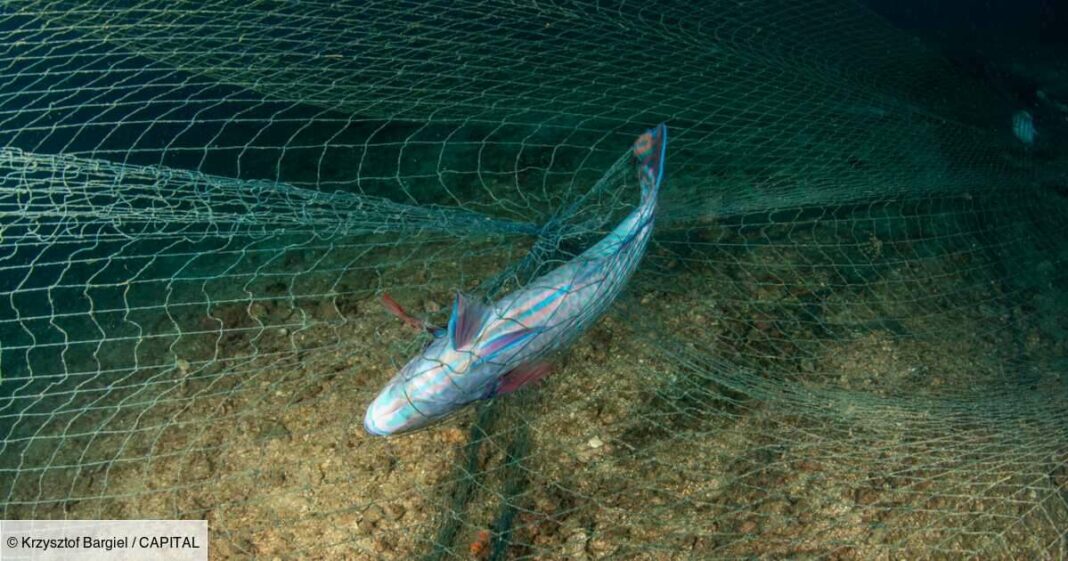Illegal, unreported, and unregulated (IUU) fishing poses a serious global threat, with an estimated 26 million tons of fish caught illegally each year, resulting in significant ecological and economic repercussions. The Sea Foundation has highlighted regulatory weaknesses and proposed innovative solutions, such as improved monitoring and enhancing conditions for fishing crews. Nations including China, Indonesia, and the U.S. are primary offenders, while the consequences of overfishing endanger food security for billions worldwide.
Illegal fishing practices are a growing concern across the globe, with alarming reports emerging from various regions. Fishermen utilizing dynamite off the shores of Sri Lanka, others exceeding their quotas in Brittany, and the unlawful capture of breeding species in the Gulf of Guinea all contribute to the pervasive issue known as IUU fishing, which stands for illegal, unreported, and unregulated fishing. It is estimated that 26 million tons of fish are caught illegally each year, accounting for 11 to 19% of the total global fish production.
This illicit activity not only depletes natural resources but also jeopardizes local employment and the sustainability of marine ecosystems. Moreover, it results in a staggering economic loss of 11 to 23 billion dollars within the fishing industry. In response, the Sea Foundation has published an extensive report addressing these issues on November 7, highlighting numerous gaps in regulation and enforcement.
The Financial Impact of Illegal Fishing
Despite the existence of regulatory bodies like the Food and Agriculture Organization (FAO) and regional fisheries management organizations (RFMOs), the international fishing governance framework is fraught with challenges. Many agreements are not universally ratified, and some nations lack their own fishing laws, making it all too easy for violators to evade the rules. The use of flags of convenience allows fishermen to register their boats in countries with lax regulations.
Additionally, the vastness of the ocean makes monitoring illegal activities extremely difficult, and the lucrative nature of IUU fishing—estimated to generate between 11 and 23 billion dollars annually—further incentivizes these practices. Criminal networks often intertwine illegal fishing with human and drug trafficking, as seen in South Africa, where traffickers barter abalone for narcotics.
The countries most implicated in IUU fishing include China, Indonesia, Peru, Russia, the United States, India, and Vietnam. Among the most commonly targeted species are anchovy, yellowfin tuna, and Alaska pollock. Unfortunately, even Europe and France are not free from these illegal practices.
Implementing Innovative Solutions to Combat IUU Fishing
The Sea Foundation proposes what it terms the Al Capone method as a strategic approach to combat IUU fishing. Just as authorities ultimately caught the infamous gangster for tax evasion rather than his more serious crimes, a similar strategy could be employed to address illegal fishing indirectly. This could involve focusing on enhancing the living and working conditions of fishing crews, many of whom face exploitation and abuse.
Furthermore, it is crucial to implement rigorous checks on fish catches and landings, alongside requiring all fishing vessels to possess a unique identification number for improved tracking. The urgency for action cannot be overstated: fish, shellfish, and mollusks constitute 20% of the protein intake for approximately 3.2 billion people worldwide. The overexploitation of these resources poses a significant risk to the food security of these vulnerable populations.
